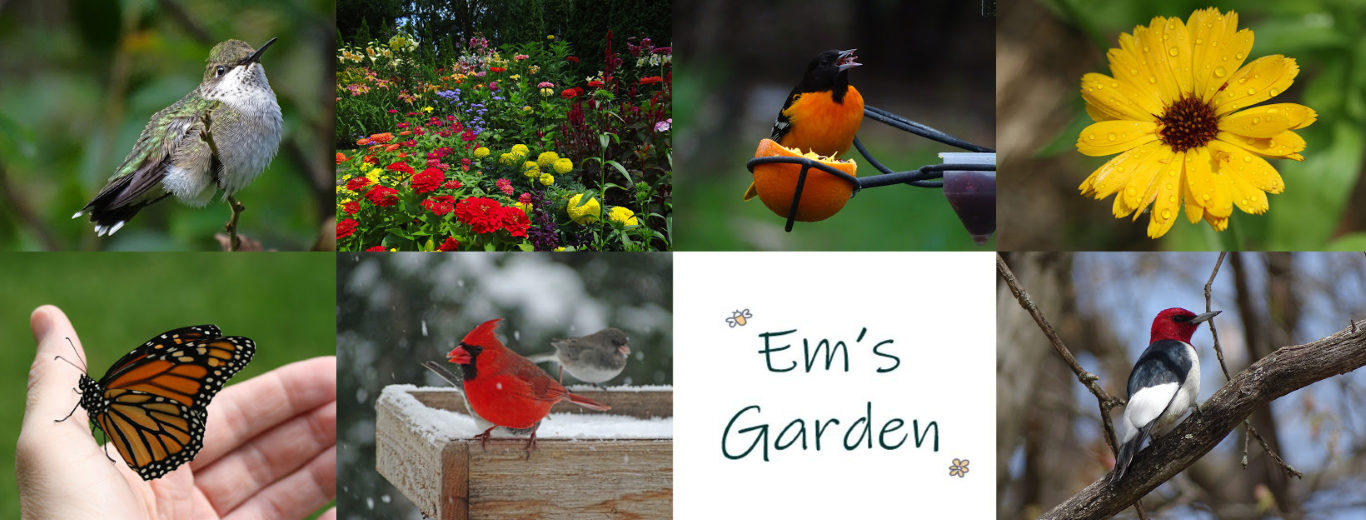If you’ve ever looked at a range map in a North American bird guide then you know it’s rare to find a bird that’s common year-round in the entire United States and Canada. But that’s the case with the House Sparrow.
In fact, House Sparrows are so common that they are one of only three birds not protected by the Migratory Bird Treaty Act of 1918. In case you’re curious, the other two species are the European Starling and the Rock Pigeon (common city pigeon)—or as I lovingly refer to them, vermin.
You can actually destroy House Sparrow nests or even the birds if you want, but I just didn’t have the heart to do so when a pair nested on our robin platform earlier this spring. It was clearly not the only nest in our neighborhood either because the population has exploded in the last four weeks. There are sparrows and sparrow babies everywhere. They’re emptying the feeders, terrorizing other bird species and gathering in large shrubs to cheep constantly from sun-up until sun-down.
House Sparrows were introduced into New York from Europe in the mid-1850s. I have a few choice words for the person who made that magic happen. We’re still “enjoying” the results 163 years later. Interestingly, the Europeans also gave us the Rock Pigeon in the 1600s and the European Starling in the 1890s.
It’s about time we gave back some of this love. Europe, I bet you really miss your starlings, sparrows and pigeons. Come and get ’em! Asia and Eastern Russia, I’m putting a “return to sender” label on your Emerald Ash Borers. And Japan, I won’t mind one bit if you see fit to reclaim all the Japanese Beetles. We may even throw in Justin Bieber as a bonus!

